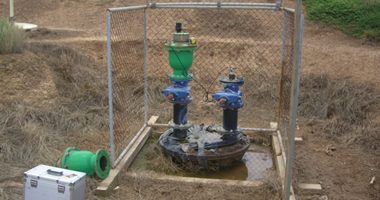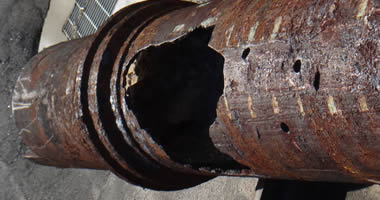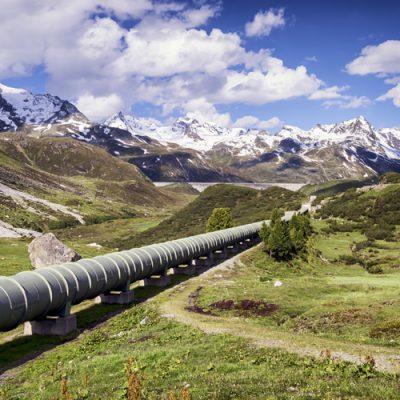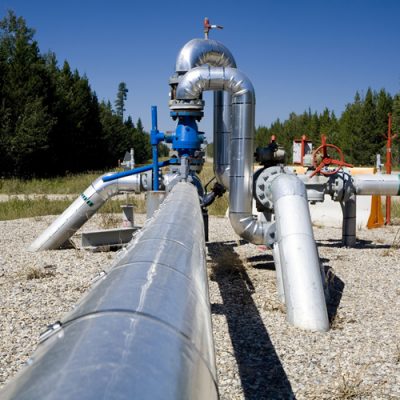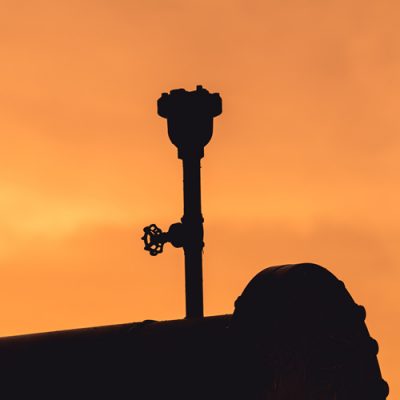The deteriorating state of water infrastructure can result in pipeline failures, emergency repairs, reduced reliability and economic loss. The application and use of innovative pipeline technologies has become more critical as expectations and goals associated with infrastructure expand. By leveraging condition assessment technologies and turning data into actionable results, utilities can assess risk and prioritise assets in need of rehabilitation or replacement. This allows them to allocate resources more effectively to optimise the reliability of their pipelines.

p-CATTM is a non-invasive, non-destructive technology for performing pipe condition assessment. p-CATTM can determine remaining wall thicknesses over long sections (many kilometres) of pipeline as well as detecting and locating defects such as air and gas pockets, internal blockages and restrictions, unknown connections, pipe material changes and cement matric loss from metallic, concrete and AC pipes.
p-CATTM works by analysing the partial reflection of a small, controlled transient signal that is injected into the pipeline. The signal is monitored and recorded by sensors that are temporarily installed on existing pipe fittings. The transient wave experiences partial reflection when it encounters any change in pipeline structure, including both known features of the system as well as other issues related to pipe deterioration p-CATTM can be applied on any pressurised fluid filled pipeline carrying potable, raw or wastewater and saves on costs by locating defects within the pipeline and limiting repairs and replacements to only the sections in need of attention. To date, p-CATTM is the most comprehensive and advanced solution for long distance pipelines.
p-CATTM infinity also uses the p-CATTM unique patented and proven technique of inverse transient analysis to measure and determine the wall condition and thickness of pipelines, however there is a difference. The Detection Services approach is to provide an expansion and extension of the p-CATTM application (suite), with the key to p-CATTM infinity reducing the need for sometimes complex works such as offtake isolations. This technology can be applied on different and varied system configurations and allows for a substantial reduction of time from inception and implementation through to analysis and solution. This allows for an increase in efficiency with a focus on opportunity to extend the lifecycle of the asset and maximise value.
- No risk of water contamination
- No requirement for mains shutdown
- Locating anomalies with +/- 10 m precision
- No loss of invasive equipment in the pipeline
- Suitable for all metallic, concrete and AC pipes
- Extending the life of your assets and deferring replacement
- Determining remaining thicknesses of pipe wall to 0.2 mm accuracy
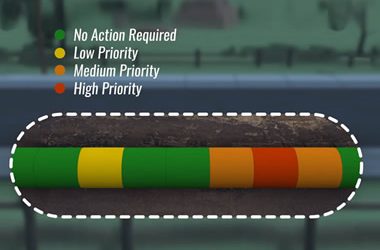
Working valves are critical components of any pipeline, they provide reliability and protection for the infrastructure. Poor performance valves make isolating for routine or emergency repairs difficult. Valve closure plays an important part in the characteristics of a valves operation and is an ongoing concern for water utilities. The condition of critical valves is of highest importance as they must be able to be operated, closed and isolated in case of a catastrophic mains failure.
v-CAT™ is an innovative technology to assess the closing condition of valves. The technology can accurately determine if a valve has a full closure or partial closure without operating the valve. v-CAT™ possesses a unique method to accurately locate and determine any valves of poor performance, based on the reflection of a transient signal travelling along the pipeline. v-CAT™ can be applied on any pressurised fluid filled pipeline carrying potable, raw or wastewater and is most suitable for metallic, concrete and AC pipes.
- Minimise risk of bursts
- Avoid service disruptions
- Suitable for all types of valves
- Patented transient technology
- Detailed data analysis and reporting
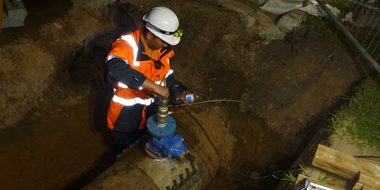
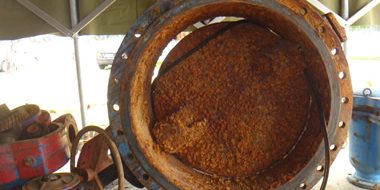
Trapped air and gas pockets can have a detrimental impact on the operational costs of managing and maintaining water and wastewater pipelines. They can affect flow rates, efficiency, production and can cause significant damage such as broken pumps, valves and pipes.
Gas pockets in rising sewer mains are highly corrosive and cause localised deterioration of the main and premature failure. Air pockets present in pumped water and wastewater pipelines, can greatly reduce the ability to maintain demand and increase pumping. The financial implications can be significant. g-CAT™ employs an advanced algorithm based on the speed of a transient signal to determine the locations of the air pockets with a +/- 10 m accuracy and is suitable for all metallic, concrete and AC pipes.
- Reduce pumping costs
- No risk of water contamination
- No requirement for mains shutdown
- Minimising corrosion in wastewater mains
- Identifying incorrectly operating air valves
- No loss of invasive equipment in the pipelines
- Locating potential corrosion failures in advance
- Improving pump performance, delivery and efficiency
